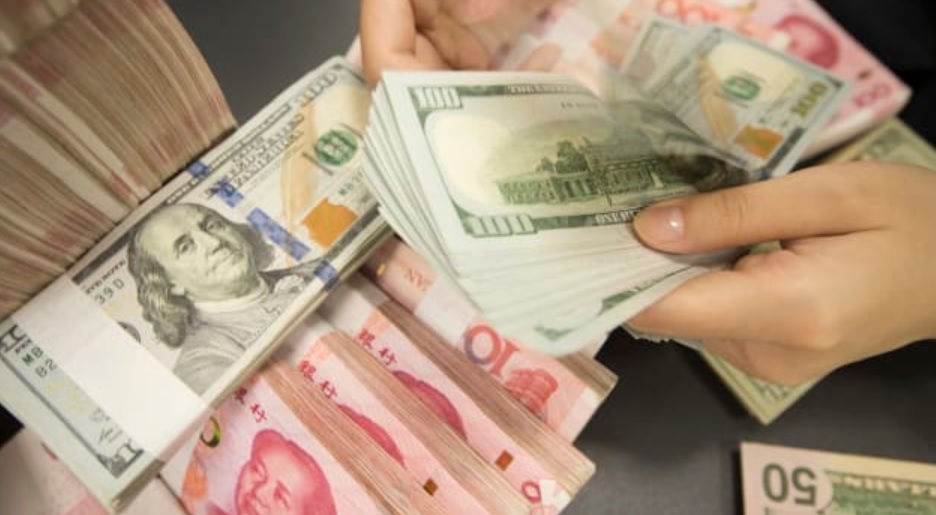The yuan hit an 11-year low this week. Here’s a look at how China controls its currency
August 28, 2019 @ 12:28 +03:00

China’s yuan is being closely watched as its economy slows and as Beijing remains locked in a trade war with the U.S. that has roiled global markets. The onshore yuan fell to levels not seen since February 2008 on Monday, and the offshore yuan dropped to its weakest since it began trading in the international market around 2010.
The recent escalation in trade tensions left analysts and investors wondering how much further Beijing would allow the currency to weaken. Here’s a look at how China controls the yuan, also known as the renminbi. Unlike other major currencies such as the U.S. dollar or the Japanese yen, which have a free floating exchange rate, China maintains strict control of the yuan’s rate on the mainland.
Every morning, the People’s Bank of China (PBOC) sets a so-called daily midpoint fix, based on the yuan’s previous day closing level and quotations taken from inter-bank dealers. The central bank also manages China’s complex monetary policy. The currency is allowed to trade within a narrow band of 2% above or below the day’s midpoint rate. If it deviates too far, according to some market watchers, the Chinese central bank steps in to buy or sell the yuan, putting a lid on its daily volatility. This exchange rate is known as the onshore yuan, or CNY.







